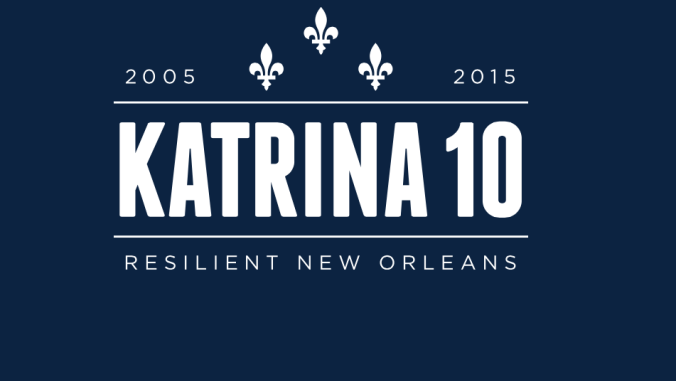5 of the coolest innovations found at VERGE 16
From virtual reality tours of the ocean to multifaceted microgrids, sustainable technologies took Silicon Valley by storm last week.

Picture this: you're just minding your own business on a dip in the sea, when all of a sudden a gargantuan whale enters your field of vision and reinforces how big the ocean really is.
If that sounds far fetched based on wherever you're reading this right now, that might not be the case for much longer as virtual reality technology inches toward the mainstream.
The environmental side of virtual reality is also just one example of a cascade of emerging clean technologies that were on display last week at GreenBiz's VERGE 16 conference in Santa Clara, California.
By now you've probably heard about all the ways the Internet of Things, distributed energy and data analytics for anything and everything stand to impact society, but some of the lesser-known solutions on the horizon also merit a closer look.
Here, in no particular order, are six of the most intriguing innovations from the event in the heart of Silicon Valley:
1. Sustainability gets 'real' with virtual reality
The underwater visualization referenced above came as part of AMD Radeon's evolving portfolio of virtual reality graphics offerings, which display on hardware made by an array of providers.
A range of other companies and nonprofit enterprises are also exploring what it might mean from an environmental perspective to bring consumers ever-closer to nature.
Driving home the dire nature of ocean pollution is one potential application. San Francisco company Owlized has also piloted the technology as a way to visualize predictions about sea-level rise, bringing issues surrounding climate change about as close to life as possible.
2. Software to democratize solar
In another reminder that software is eating the world, Oakland upstart Sunswarm is attempting to grow the market for community solar by creating a marketplace for new projects. The company's tagline? "Go solar without putting panels on your roof."
While Sunswarm has the backing of the U.S. Department of Energy, the company's efforts are just one prong in the rapidly-evolving community solar space. Power utilities in some jurisdictions are eying the model with interest, and pilots in several markets are already underway.
Washington, D.C. nonprofit Groundswell, for instance, is ramping up several installations in the mid-Atlantic in partnership with religious institutions and other community groups interested in testing the middle ground between residential rooftop solar on single-family homes and utility-scale renewable energy projects.
3. Curbing food waste by design
When it comes to food waste, one thing is clear: the fact that 30-40 percent of food goes uneaten around the world is a big problem considering looming food scarcity challenges. That's why the designers at OpenIDEO are launching a challenge to scale solutions that promise to make a real dent in the issue.
The focus on systematically reducing food waste is also an example of an increasingly pervasive effort to wring waste out of business operations.
While the financial benefits of less waste are a fairly easy sell, a growing number of companies from Nike to General Motors are also working toward "circular economy" models where would-be waste is cycled back through supply chains in a theoretically endless loop.
4. Microgrids power up
You thought renewable energy was generated solely by strategically-placed solar panels or wind turbines? During VERGE 16 in Santa Clara, clean power was coming from a combination of walnut shells, a corn-powered generator, both solar panels and micro turbines. That energy was also then stored and metered on site.
The microgrid, essentially a mini power plants assembled from a range of energy generation assets, reflected an area of increasing interest.
How utilities will ultimately approach microgrids is something of an open question in many markets, but the technology is already being evaluated by businesses, cities and even the military in a bid to diversify, distribute and reinforce their power supplies.
5. Connecting the dots on mobility
From the rise of ridesharing to the pandemonium surrounding self-driving cars, it's obvious that the way people and goods are moved from point to point is changing — and changing quickly.
What's less clear is how disparate pockets of innovation in the space — electric vehicles, sensor-laden smart roads, autonomous semi-trucks, shared corporate fleets, etc. — stand to impact one another.
Several big automakers are already on the case with new mobility-focused spinouts, such as Daimler's Moovel and GM's Maven. Other providers ranging from Xerox to Google Maps to the upstart Swiftly are attempting to crack the code on effective ways to aggregate and analyze the data on ever-evolving transportation options. Finally, government officials from Finland to Palo Alto, California, are assessing how public policy and mass transit may have to evolve to keep pace.





